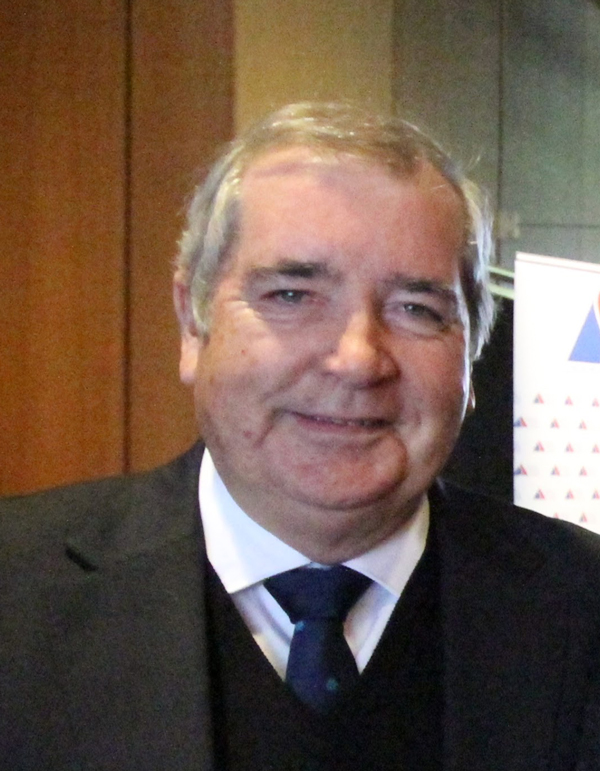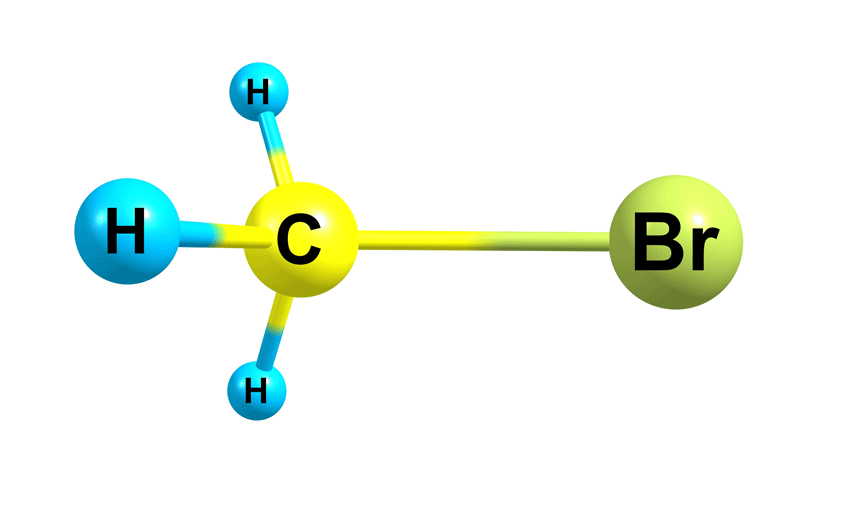A RECENT article by Peter McRae, Methyl Bromide and the Road to 2047, addressed the Montreal Protocol regarding the use of methyl bromide and how the Department of Agriculture, Water and Environment relies upon methyl bromide for quarantine purposes off-shore and on-shore treatments. The article is well-timed as it highlights the importance of biosecurity as we approach the risk season for the brown marmorated stink bug in Australia. At the same time the article points out the danger of anyone opening containers without having first checked what residual gases may be inside.
Dealing firstly with methyl bromide fumigation, as per the Montreal Protocol, methyl bromide or CH3BR falls under Ozone Depleting Substances (ODS) and is banned for general use globally, however is exempted by the Protocol in the following situations:
- As a Quarantine and Pre-Shipment (QPS) treatment for imports and exports of certain commodities internationally and certain commodities transported interstate.
- And for Non-Quarantine and Pre-Shipment (non-QPS) purposes that have been approved under critical use exemptions, (for example some soil fumigations are given exemptions where effective alternatives are not available)
- Methyl Bromide is one of a number of treatments permitted by the Department of Agriculture for imports and exports, which includes other gases (for instance phosphine) plus heat treatment, cold treatment and irradiation. The treatment varies according to the commodity.

Methyl Bromide continues to be used as the preferred fumigant by a number of countries for mainly quarantine purposes as it is well known and trusted as well as being efficient leaving little or no residue compared with other treatments. Some of the alternative gas treatments take either considerably longer to fumigate goods (such as phosphine) or have very large greenhouse gas footprint (eg sulphuryl flouride).
Peter’s article omits to mention the work done over the past 15 to 20 years in mitigating methyl bromide emissions. Recapture systems have been in operation in Australia for over 15 years and similar systems are operating in some 25 countries around the world today, in places such as Europe, USA, Pacific Islands, Central America, New Zealand etc. Recapture systems, which have been highly recommended by the Montreal Protocol, have been essentially driven by health and safety concerns in cities and towns where the fumigations take place near populated areas. For instance many of the fresh produce markets in Australia have gas recapture systems operating on a daily basis. Fully Australian owned Nordiko Quarantine Systems has been a pioneer in this process and continues to roll out systems across the globe. One of the more recent installations being in the Port of Baltimore on the East Coast of the USA.
On the question of residual toxic gas in containers, Nordiko has also been a pioneer, having discovered from first-hand accounts that people opening containers were getting sick. Numerous surveys taken globally prove some 10% of containers, on average, have a level of toxic residual gas inside when tested before opening. These levels exceed various national health and safety exposure standards. The incidence of residual gas occurs especially as a ship transits the tropics. Cargo loaded at say 10 degrees centigrade can be subject to an inside temperature of the container in the tropics reaching 40 to 50 degrees C, releasing gases either as residual from fumigation or emanating from the product in the container. It is often misunderstood that only fumigants are responsible for toxic gases found in containers.
Many production processes use products such as formaldehyde, benzene, di-chloroethane and toluene, all of which are toxic in gaseous form and all of which have been detected in levels exceeding the safety threshold in containers TLV. There is only one way of dealing with this problem and that requires testing each container before opening and then, should the reading exceed TLV, using mechanical ventilation to remove the residual gases before allowing work to start in de-stuffing the container. The test takes a couple of minutes and the degassing process usually takes on average about 30 minutes. Surely this precaution is worth the health of employees working in a warehouse environment. It is critical importers and exporters are aware safety procedures are available for both fumigation treatments and for the process of unpacking containers of imported goods. These measures should be an essential part of any logistics chain.
Ken Fitzpatrick, director, Nordiko Quarantine Systems

